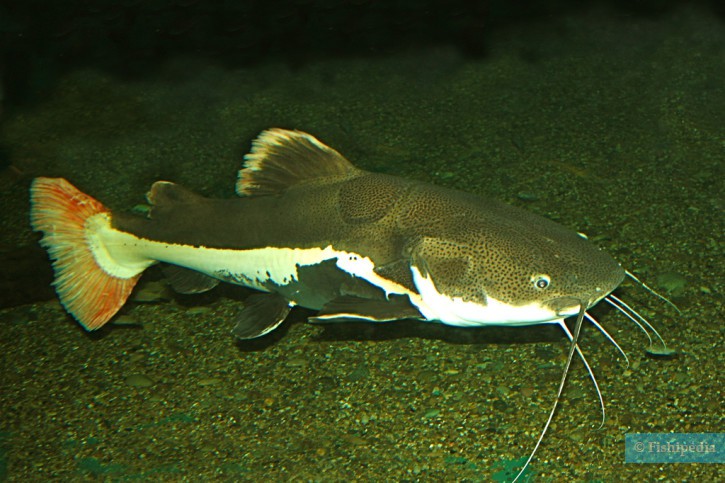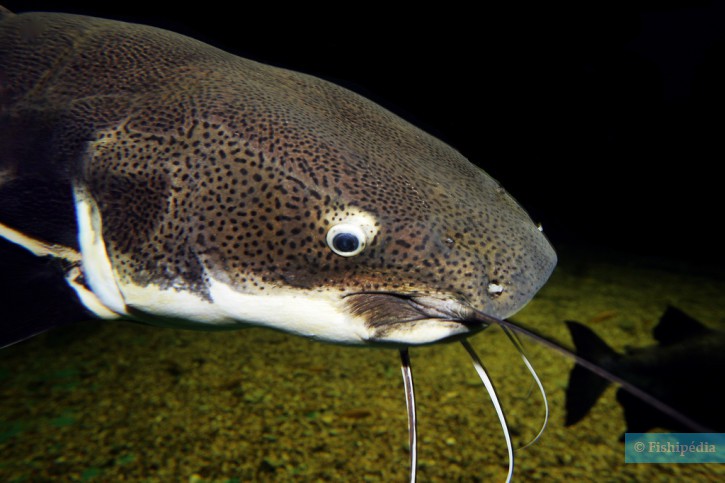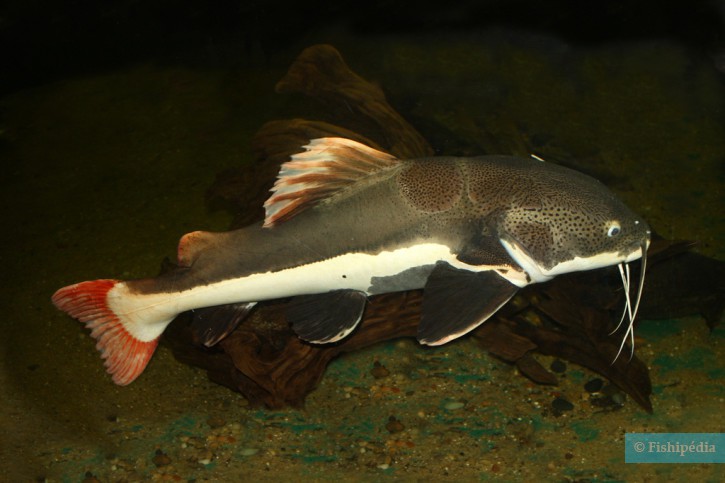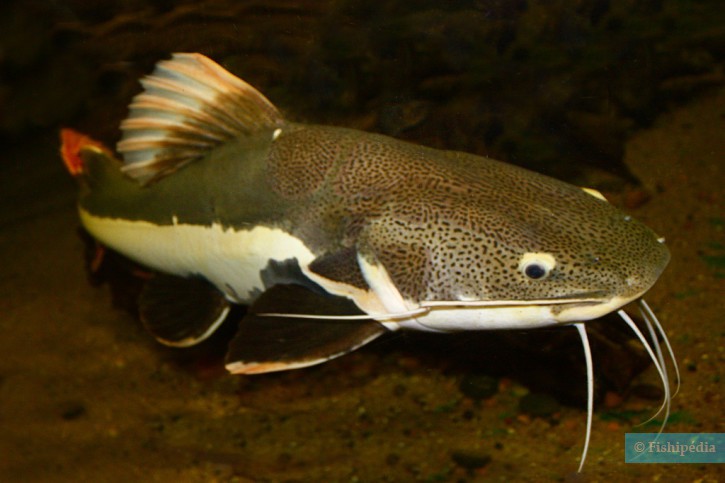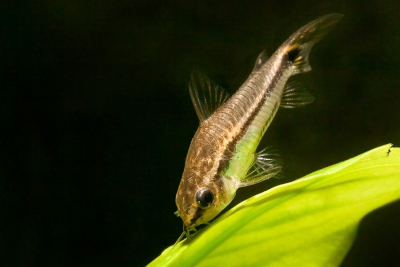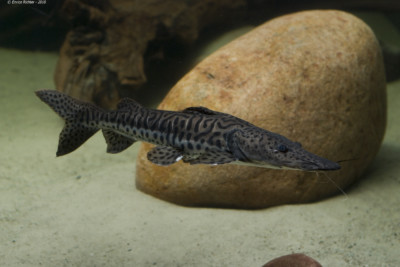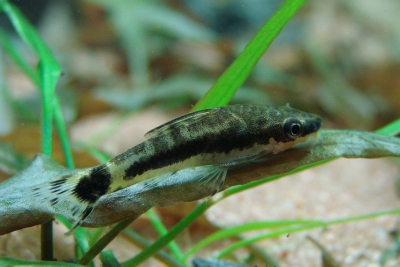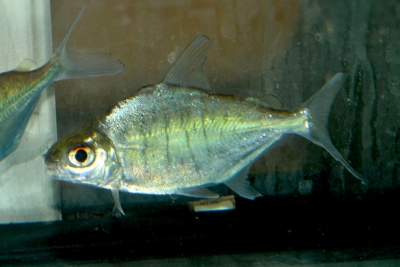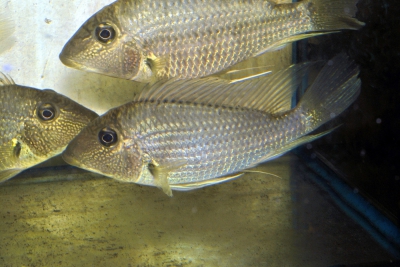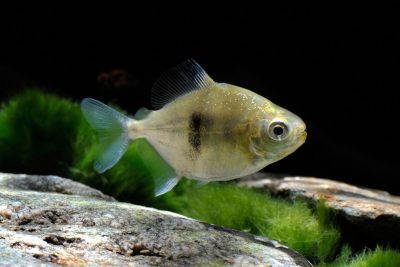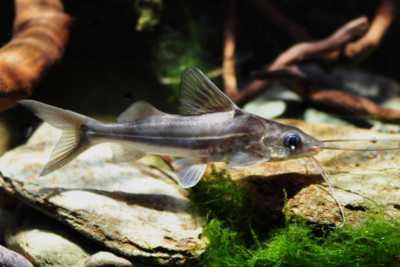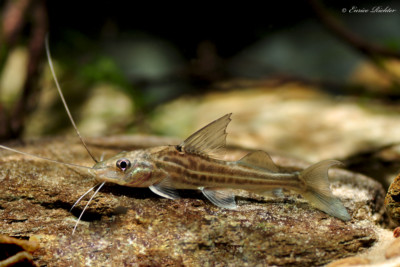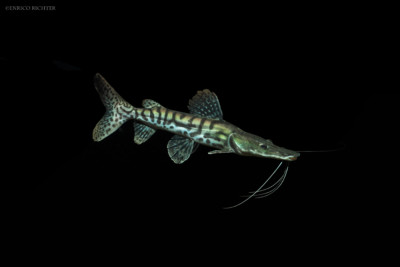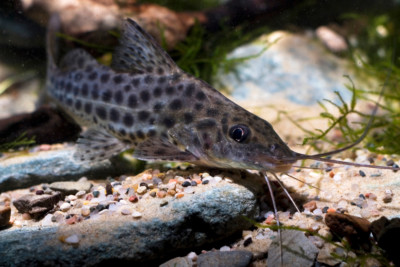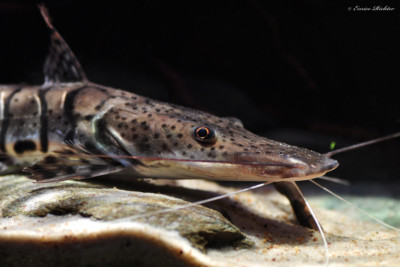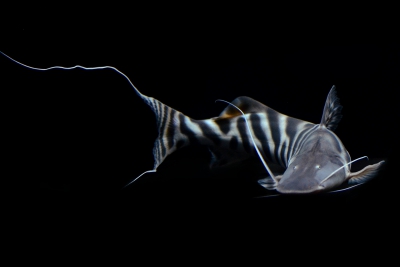Phractocephalus hemioliopterus
| Scientific name | Phractocephalus hemioliopterus |
|---|---|
| Descriptor | Bloch & Schneider |
| Year of description | 1801 |
| IUCN category (World) | LC |
| Family | Pimelodidae |
| Genus | Phractocephalus |
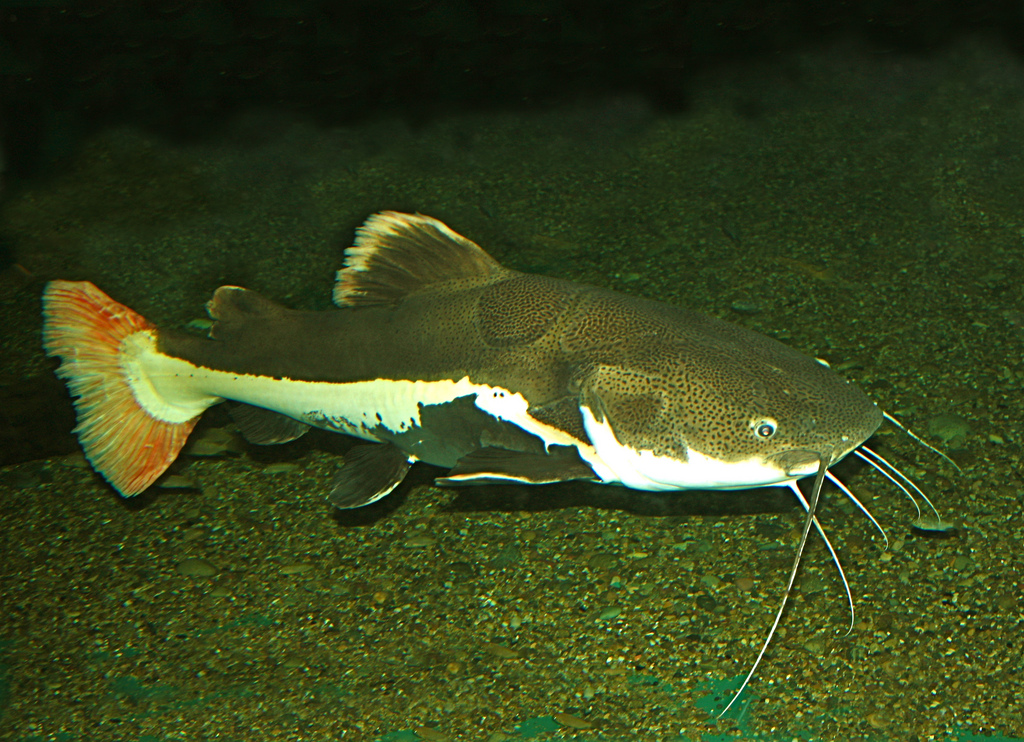

Introduction
Phractocephalus hemioliopterus is a fresh water fish from the Amérique du Sud.
This sheet is currently being prepared. The texts currently proposed come from our data model or are being drafted. To request priority for this content, you can write to us HERE.
Who is it?
Morphology
-
Type
-
Average size60 cm
-
Maximum size135 cm
-
Longevity10 year
-
Type
-
Average size60 cm
-
Maximum size135 cm
-
Longevity10 year
How to recognize This fish ?
This fish has the particularity to possess several pairs of barbels, which allow him to search the bottom and to detect the food thus moved.
Phractocephalus hemioliopterus measures between 60 and 135 cm. This fish is tricolore with a predominantly orange, marron and beige body.
Behaviour & Life cycle
-
dietcarnivorous
-
Sociabilitysolitary
-
territorialYes
-
Way of livingdiurnal
Phractocephalus hemioliopterus hunts in the stalk and is one of the predators of its biotope. Opportunistic, it does not hesitate to attack any smaller animal nearby.
Phractocephalus hemioliopterus is a fish solitary naturally found near the bottom. This species is carnivorous .
Phractocephalus hemioliopterus is a territorial animal that does not tolerate any incursions into its living area. It is particularly virulent against other territorial species and it can provoke heated fights. Relationships between conspecifics are also hectic, with each seeking to secure its place.
Reproduction
Harmless species
This species does not represent any particular threats to humans when encountered in its natural environment.
Origin and distribution
What is its habitat?
Natural environment characteristics
-
Temperature20 - 26 °C
-
pH (acidity)5.5 - 6.8
-
gh (hardness)2 - 10
-
FlowMedium and Slow
Biotope presentation
Species of the same biotope
Fishkeeping
Not recommended
We do not recommend keeping this species in an aquarium. It has unpredictable needs which, if not met, generate significant stress, potentially leading to a shorter life expectancy, an interruption of its growth or the development of pathogens.
To go further
Sources & Contributions
Participation & Validation
The Fishipedia team and specialist contributors are committed to providing high-quality content. However, although the information comes from scientific sources or testimonials from specialists, the cards may contain inaccuracies.

Benoit Chartrer
Translation
Translation done with the valuable contribution of our translators, who make this information available to a wider audience. We sincerely thank them for their commitment.
Scientific partners
Species of the same family
Species of the same biotope
